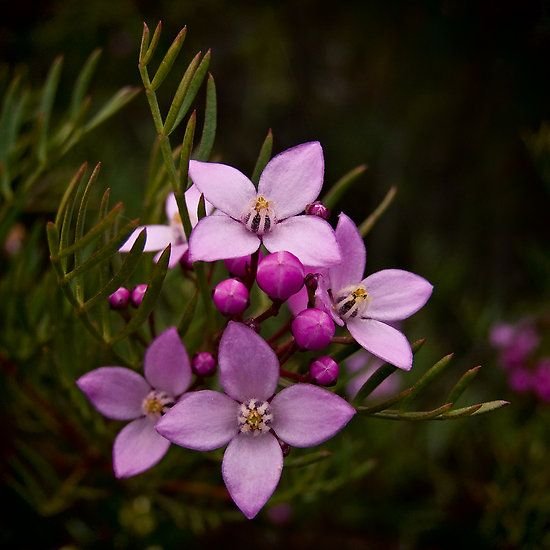In a major scientific breakthrough, researchers have discovered a new flowering plant species, Begonia nyishiorum, in Arunachal Pradesh. This remarkable find not only enriches the region’s ecological profile but also reinforces its global importance as a biodiversity hotspot.
Significantly, this discovery highlights the unexplored potential of India’s Eastern Himalayan zone. The newly named species adds yet another reason to prioritize conservation in Arunachal’s fragile ecosystems.
What Makes Begonia nyishiorum a Unique Discovery?
The new species Begonia nyishiorum was identified during a botanical expedition led by the Botanical Survey of India (BSI) in collaboration with local scientists. Unlike common varieties, this begonia thrives in moist rock crevices and shaded streamside habitats in the remote Kra Daadi district.
Importantly, the plant has been named to honor the Nyishi tribe, the region’s indigenous community, who have long protected these landscapes through sustainable living.
“We believe this is only the tip of the iceberg,” said Dr. R.K. Singh, the lead scientist from BSI. “Many plant species here remain undocumented, which makes our work both urgent and rewarding.”
Boost to Biodiversity in Arunachal Pradesh
The discovery of Begonia nyishiorum Arunachal Pradesh adds to the growing list of rare and endemic plants found in India’s Northeast. As a result, the region’s conservation value continues to rise.
This new species:
- Increases the count of Begonia species in India to over 65
- Emphasizes the importance of protecting forest microhabitats
- Strengthens the case for community-led conservation
Furthermore, naming the plant after the Nyishi tribe underscores the deep connection between indigenous culture and ecological preservation.
Scientific Features of Begonia nyishiorum
Here are the key characteristics of the newly identified species:
- Family: Begoniaceae
- Habitat: Subtropical hillsides, especially near waterfalls
- Growth Pattern: Herbaceous, shade-loving
- Leaf Type: Asymmetrical, ovate with visible red veins
- Flower Color: Pale pink, clustered with yellow centers
- Altitude Range: 1,500–1,900 meters above sea level
For long-term research, specimens have been safely preserved at BSI’s Eastern Regional Centre in Shillong.
A Call to Protect Arunachal’s Natural Wealth
While this discovery is cause for celebration, it also brings a pressing reminder. Unchecked deforestation, climate change, and development pressures threaten these delicate ecosystems.
Here’s how you can contribute:
- Support biodiversity education in local schools
- Advocate for eco-sensitive policies in Northeast India
- Donate to conservation groups like WWF India or ATREE
- Participate in citizen science or biodiversity mapping programs
Small actions — whether it’s planting native trees or spreading awareness — can have a lasting impact.
A Win for Science and the Environment
The discovery of Begonia nyishiorum Arunachal Pradesh is more than just a scientific win — it symbolizes the potential that lies in remote regions of India, waiting to be explored responsibly. When science and indigenous knowledge come together, remarkable things happen.
Let’s celebrate this discovery by working to protect what remains of these wild frontiers.
READ MORE: Anubhav Tulsi Assamese Poet Dies at 67 – A Literary Legend Remembered




